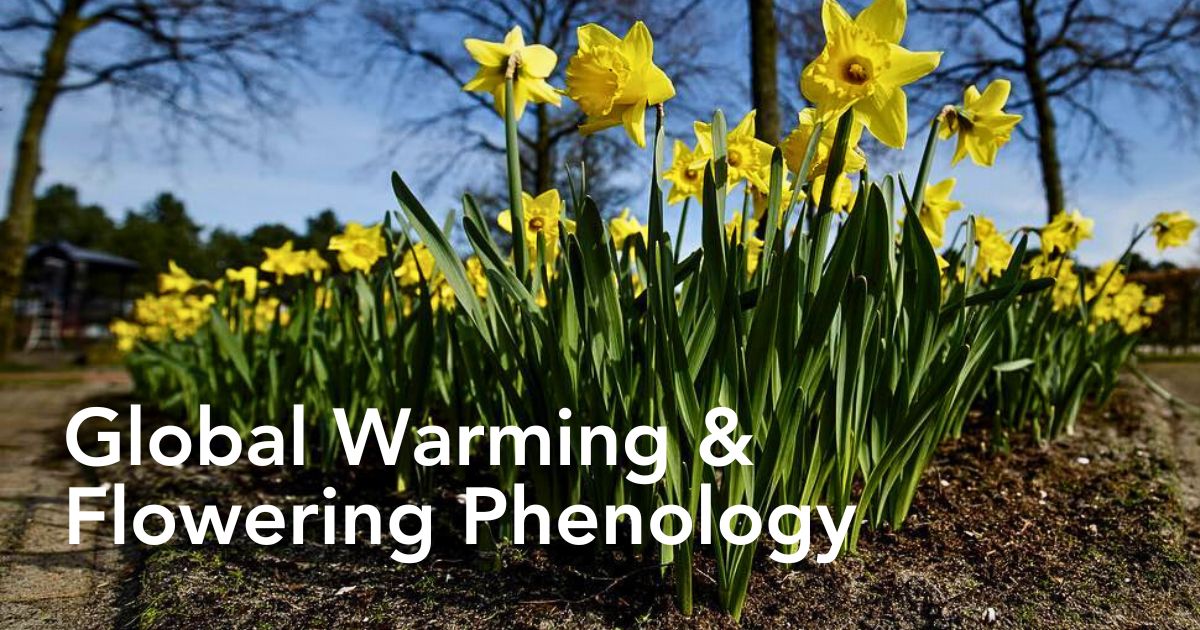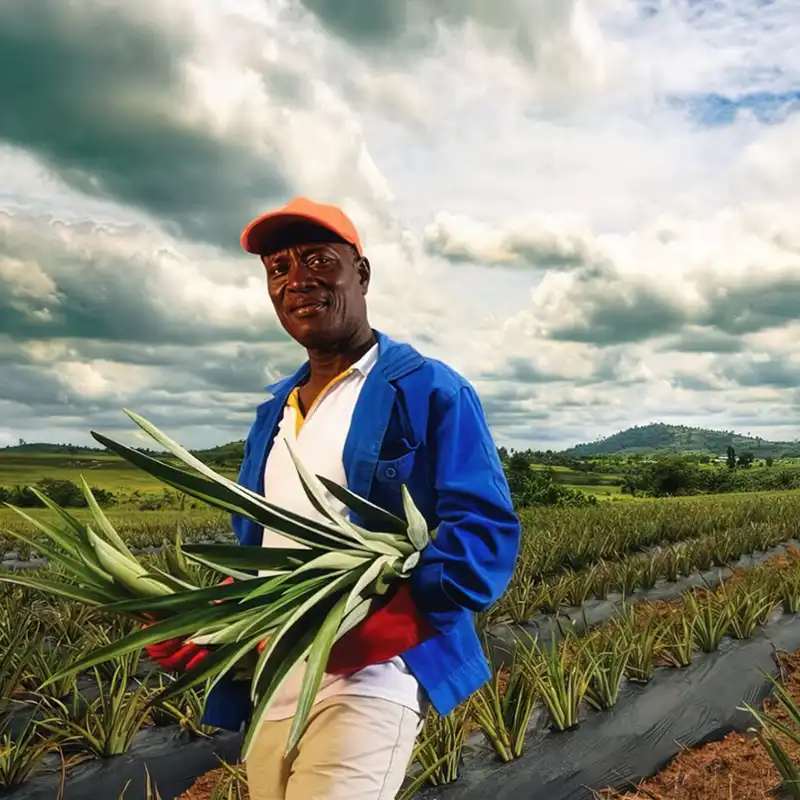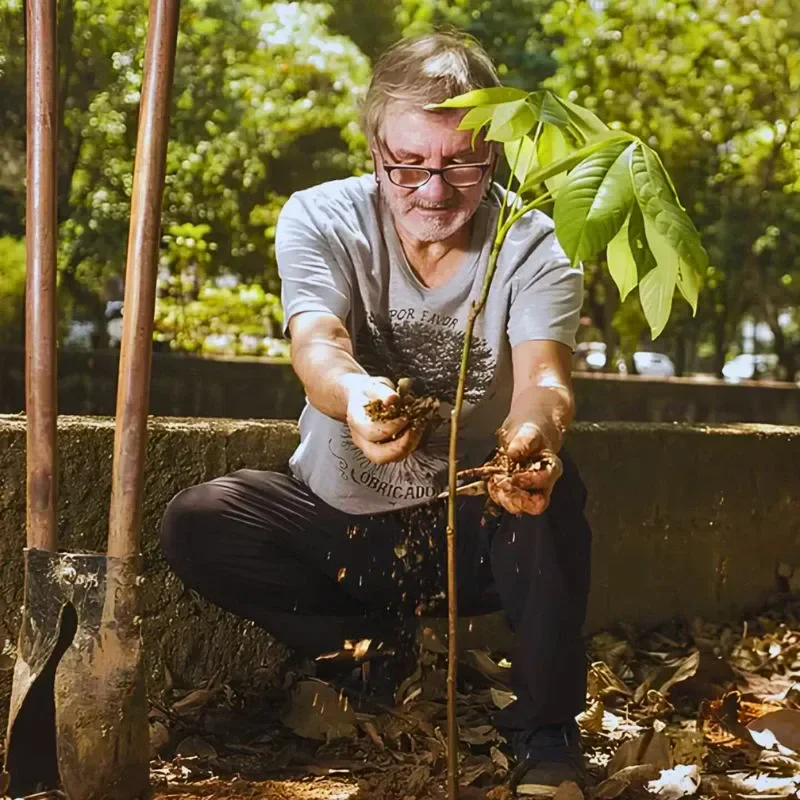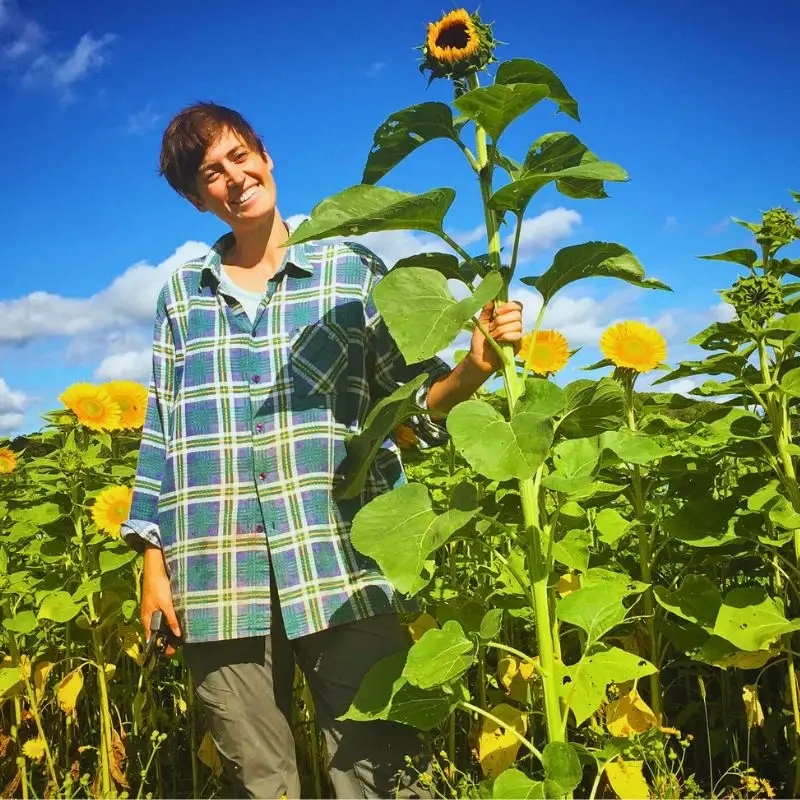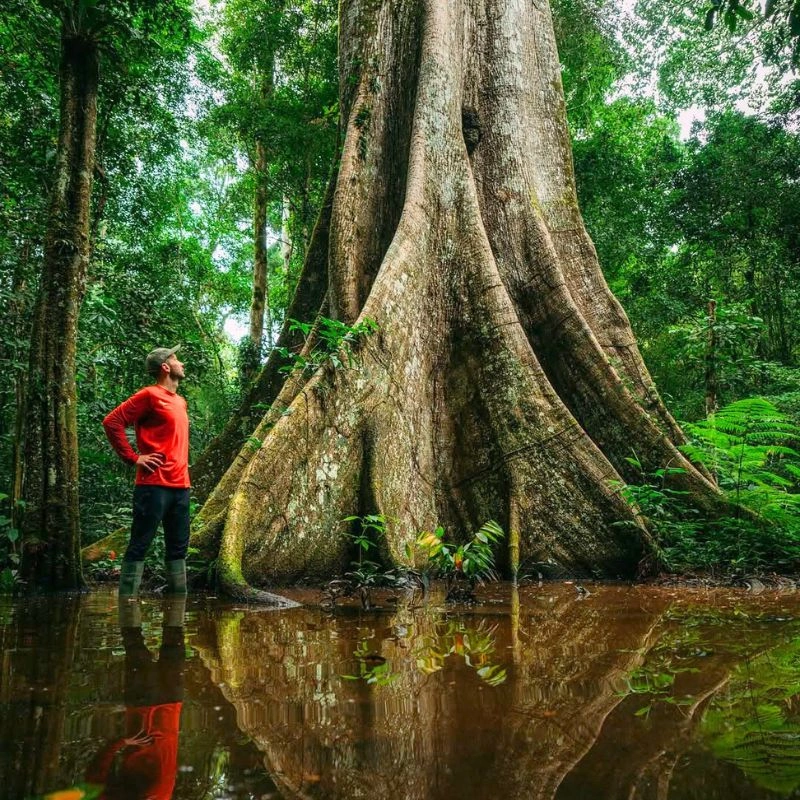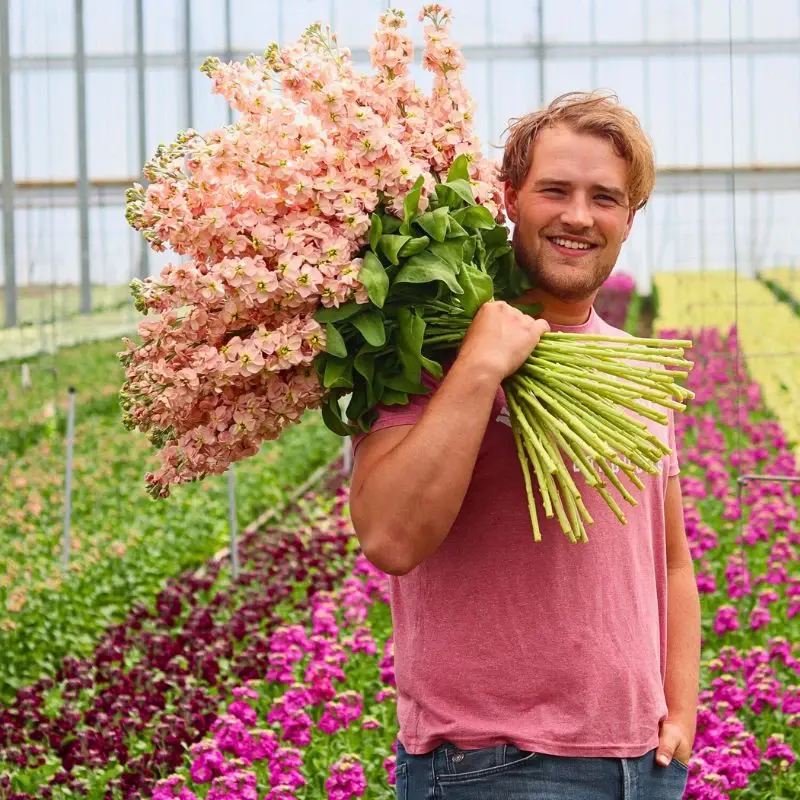Climate change is altering the choreography of nature's seasonal rhythms. This is particularly affecting when and how flowers bloom globally. The rising temperatures, shifting precipitation patterns, and extreme weather events are, in essence, disrupting the subtle flowering timing mechanisms that have evolved over the years, creating effects throughout ecosystems and commercial floriculture.
Cherry blossoms have been documented to open weeks ahead of schedule, while bulb flowers like tulips seem ‘confused’ by unseasonably warm winters; the repercussions go past just aesthetic changes, threatening pollinator relationships, productivity, and the economic grounds of the global flower industry. So, for an industry worth billions, acknowledging these changes is as intriguing as it is essential for the flower industry's sustainability. And developing adaptive strategies is crucial for maintaining both the ecological balance and the sustainability of flower production.
The Science Behind Climate-Induced Phenological Shifts
Phenology, the timing of plants’ flowering events, is one of the most visible and quantifiable impacts of climate change on plant life. Research shows that plants are flowering significantly earlier than they did decades ago, pointing out that flowers are advancing their bloom times by 2-6 days earlier per 1°C increase in temperature. This is particularly pronounced in spring-blooming species, where warming spring temperatures trigger an earlier end to dormancy and accelerated developmental processes.
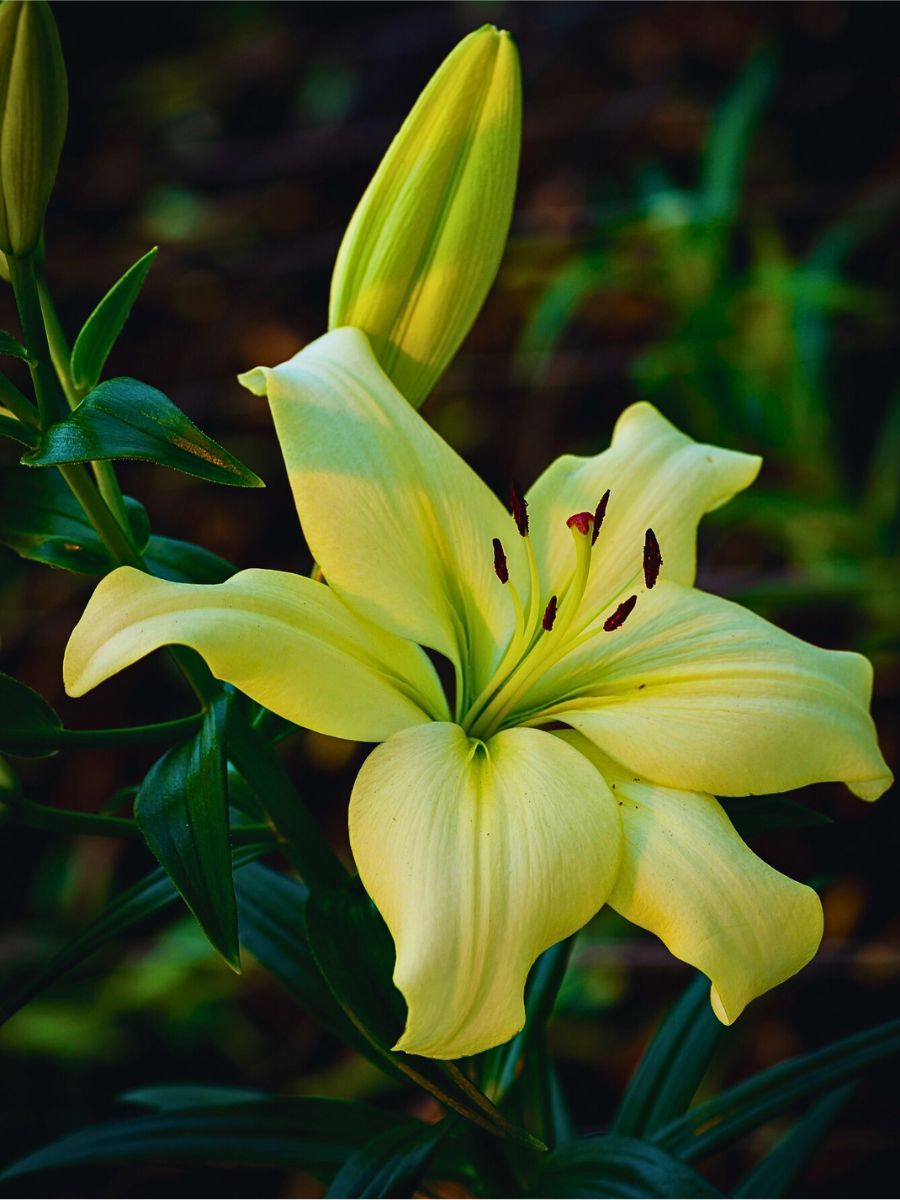
Temperature is the main driver of these phenological changes. It is the primary environmental cue that triggers flowering in most plant species and acts as the regulator of plant development rates. When ambient temperatures rise within optimal ranges, photosynthesis, respiration, and cellular division accelerate, leading to faster progression through developing stages from bud formation to full bloom. So, as global average temperatures rise, these thresholds are being reached earlier each season, creating timing mismatches throughout ecosystems and farming systems.
Spring warming is perhaps the strongest predictor of earlier flowering, with plants advancing their bloom dates by 2.93 days per 1°C increase in spring onset temperatures. Winter temperatures present a more nuanced picture in flowering regulation. Many plant species require a period of cold exposure, known as vernalization, to properly initiate flowering processes. Warmer winters can delay or disrupt these requirements, potentially causing some species to flower later despite overall warming trends. This creates a difficult dynamic where the opposing effects of winter and spring warming sometimes cancel each other out, explaining why some species appear unresponsive to overall temperature rises.
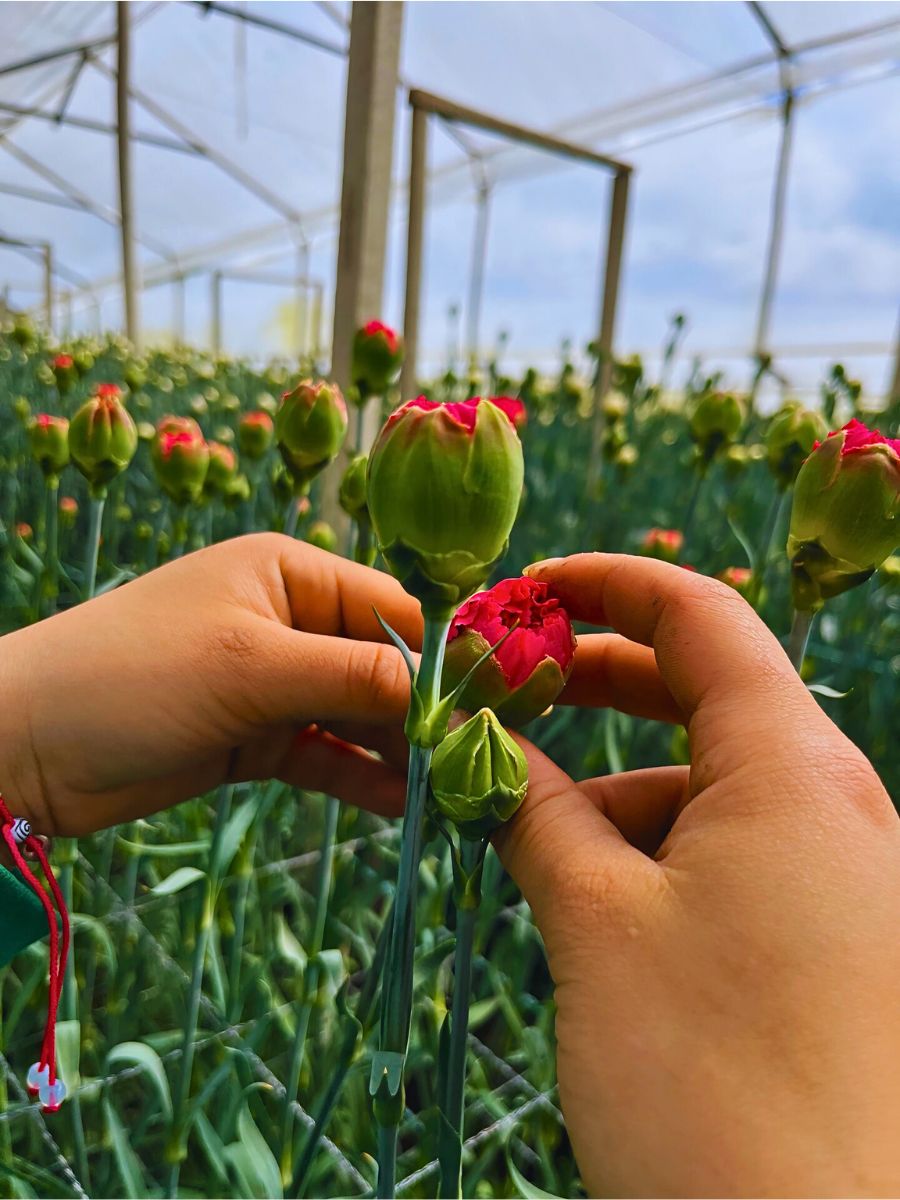
Species-Specific Responses and Ecological Implications
The response to climate change varies among different flower species, creating a miscellany of phenological changes across plant communities. Native, as opposed to non-native species, do not show significantly different responses to warming, contrary to some predictions. However, differences emerge between plant functional groups. Woody species tend to flower earlier than herbaceous species in reaction to increasing annual temperatures, while spring-blooming species exhibit significantly greater phenological responses to warming compared to summer-flowering varieties.
This differential response pattern has ecological consequences, particularly for plant-pollinator relationships. When trees advance their leaf-out timing faster than understory wildflowers respond to warming, it creates a phenological mismatch. In eastern North America, this mismatch has resulted in native wildflowers experiencing approximately 25% less full sunlight during key photosynthetic periods as canopy trees shade them earlier in the growing season.
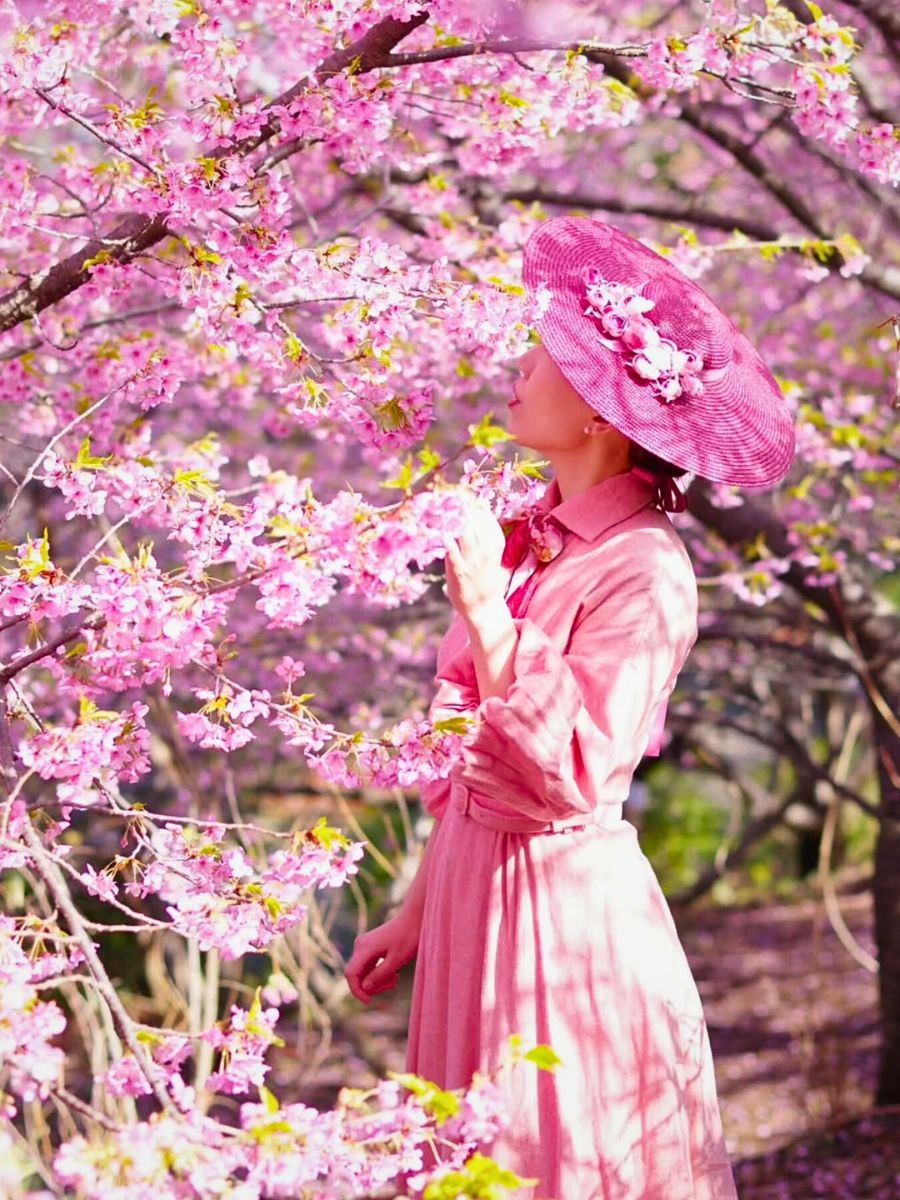
Yet, research across continents reveals that these patterns are not universal. While North American forests show trees becoming more temperature-sensitive than wildflowers, European forests have more synchronized responses between canopy and understory species. In Asian temperate forests, wildflowers are actually shifting more than trees, suggesting they might receive more light rather than less in a warming future. These regional differences show the complexity of predicting climate change impacts on different ecosystems.
Disrupting Plant-Pollinator Relationships
One of the most significant consequences of climate-induced phenological shifts is the disruption of carefully evolved plant-pollinator relationships. These mutualistic partnerships face challenges as flowering times and pollinator activity periods respond differently to environmental cues. Climate warming accelerates both flowering timing and insect pollinator emergence, but if these phenological shifts progress independently between species, the features of plant-pollinator mutualisms can be altered.
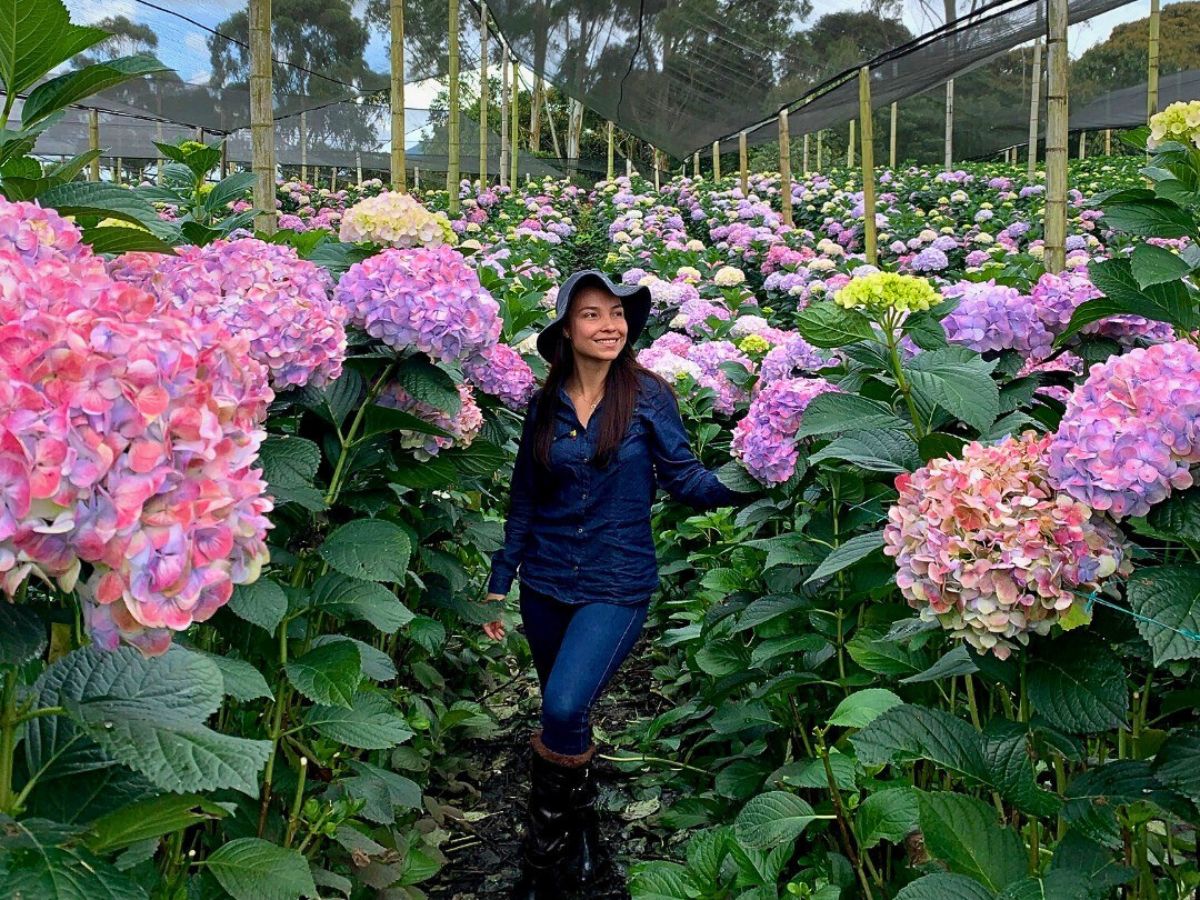
Studies of spring ephemerals like Corydalis ambigua and its bumblebee pollinators show that when spring arrives early, flowering tends to occur ahead of first pollinator detection, resulting in lower seed production due to inadequate pollination service. Thus, phenological mismatch presents a limiting factor for reproduction in spring-blooming plants.
Temperature changes affect not just when flowers bloom but also their characteristics. Experimentally warmed plants have been shown to produce flowers of smaller diameter, while temperature dictates the timing of anthesis, with flowers opening several hours earlier on warmer mornings. These changes in floral dimensions and timing can influence which pollinators can physically access the flowers’ nectar.
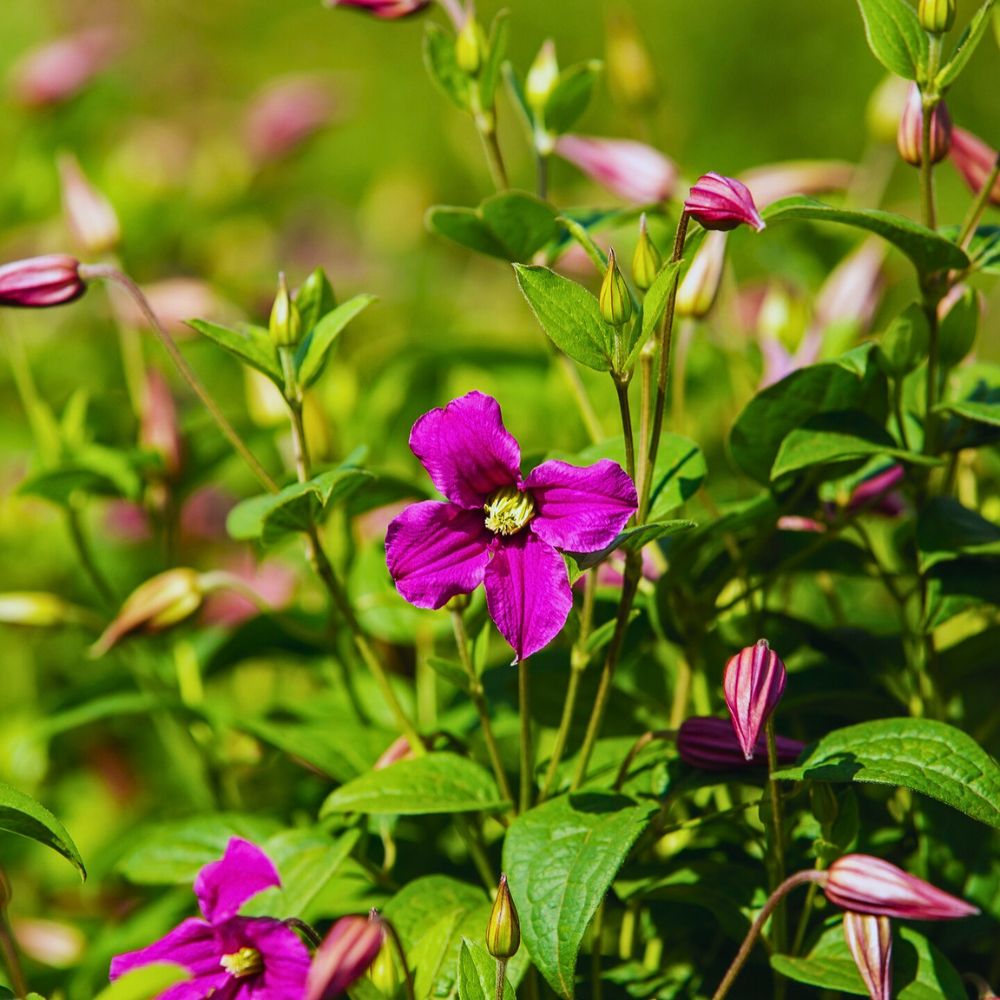
Extreme Weather Events and Flowering Stability
Aside from gradual temperature increases, extreme weather events associated with climate change pose immediate threats to flower production. Heat waves can abort developing flower buds or cause premature flowering followed by rapid decline. Unexpected late freezes devastate early-flowering crops that have advanced their phenology in response to warmer average temperatures.
Drought stress also affects flowering patterns, often causing plants to accelerate flowering as a survival mechanism. While this might seem beneficial for early flower production, drought-stressed plants typically produce smaller, lower-quality flowers that command reduced market prices. Extended drought periods can also trigger dormancy responses that delay or prevent flowering entirely.
Flooding and excessive rainfall create different but equally challenging problems. Waterlogged soils prevent proper root development and nutrient uptake, leading to delayed or stunted flowering. High humidity levels associated with excessive rainfall also increase fungal disease pressure, which can destroy flower buds before they open or cause rapid deterioration of open flowers.
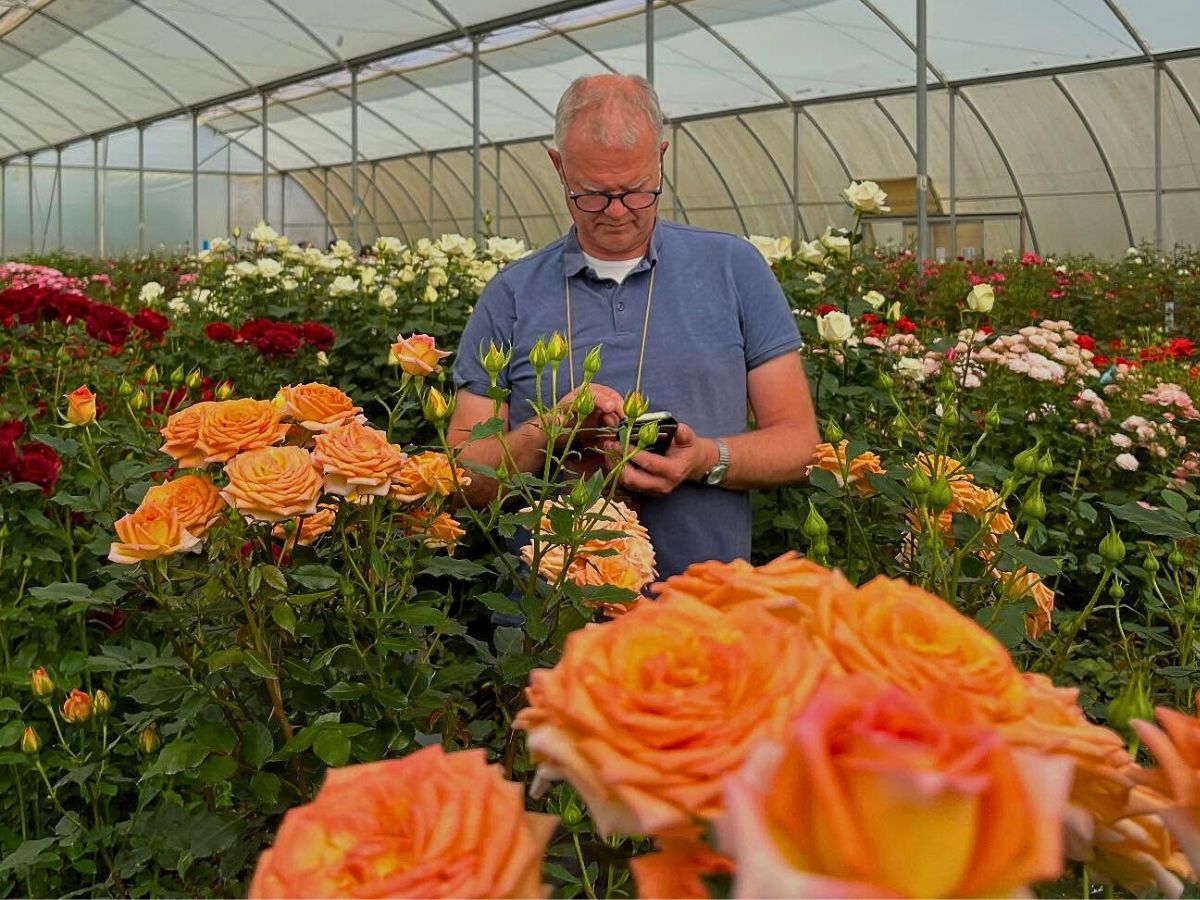
Regional Variations in Climate Impact
The effects of climate change on flower blooming cycles exhibit significant regional variations, reflecting differences in local climate patterns, ecosystem characteristics, and species composition. In eastern North America, the phenological response shows particularly strong temperature sensitivity in trees compared to wildflowers, creating unique challenges for forest understory plants. This region's highly variable climate appears to have selected cues for trees that are especially responsive to temperature, making them more likely to advance their leaf-out timing with warming temperatures.
European temperate forests show different patterns. Wildflowers and canopy trees show more coordinated responses to climate change. This suggests that European forest ecosystems may be more resilient to phenological disruption, at least in terms of maintaining light availability for understory plants. However, this does not necessarily mean European systems are immune to other climate change impacts, as different stressors may predominate in different regions.
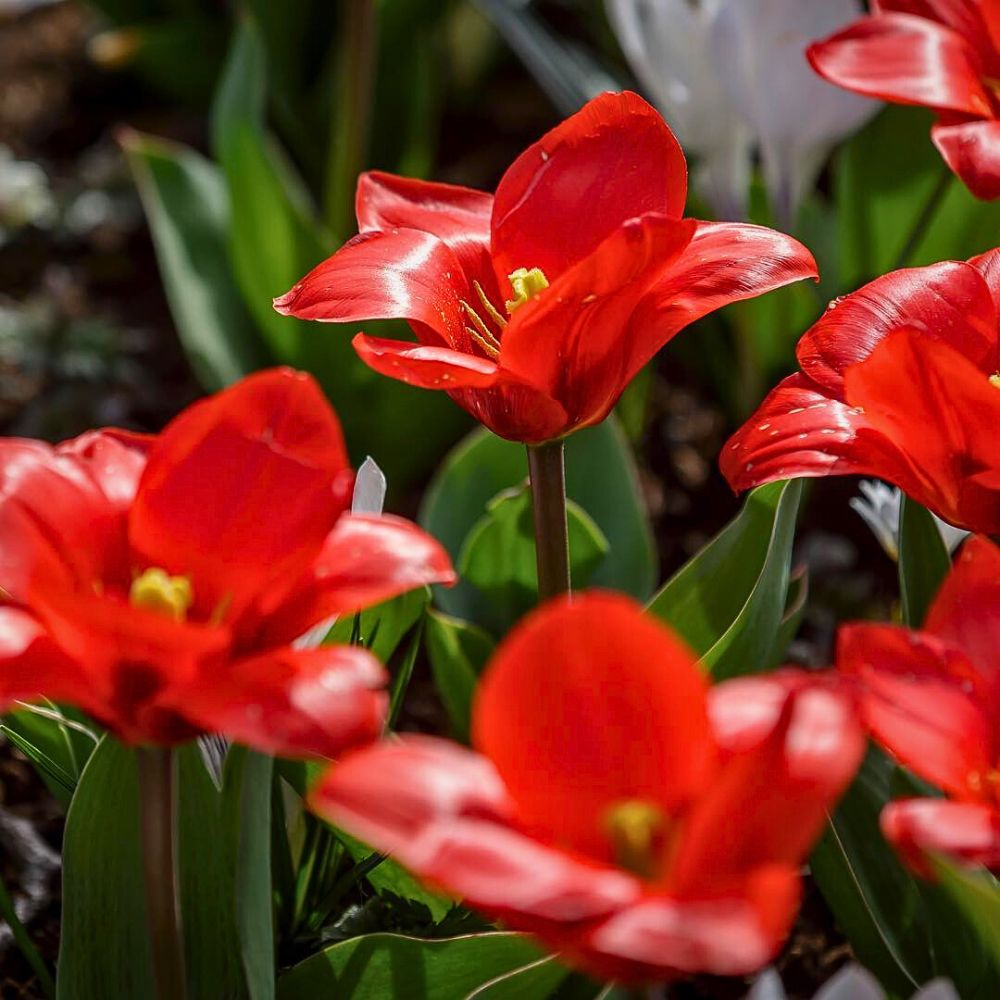
Tropical and subtropical flower-growing regions face distinct challenges, mainly related to heat stress and changing precipitation patterns. These regions often experience temperature increases that push growing conditions beyond optimal ranges for many flower species, leading to heat stress responses that can impact flower quality and production. The lack of pronounced seasons in many tropical regions also means that temperature cues for flowering may become less reliable as baseline temperatures rise.
So, What Can Be Done in the Face of Climate Change Affecting Flower Blooming?
Technology and smart agriculture are some strategies to address climate change challenges and maintain sustainable production systems. Controlled Environment Agriculture (CEA) allows producers to create optimal growing conditions regardless of external weather variability. CEA systems use advanced technologies, like artificial intelligence, machine learning, and Internet-of-Things sensors, to create and manage consistent growing environments within enclosed spaces. Controlled environment systems can significantly reduce the impacts of adverse weather and climate change associated with conventional outdoor cultivation.
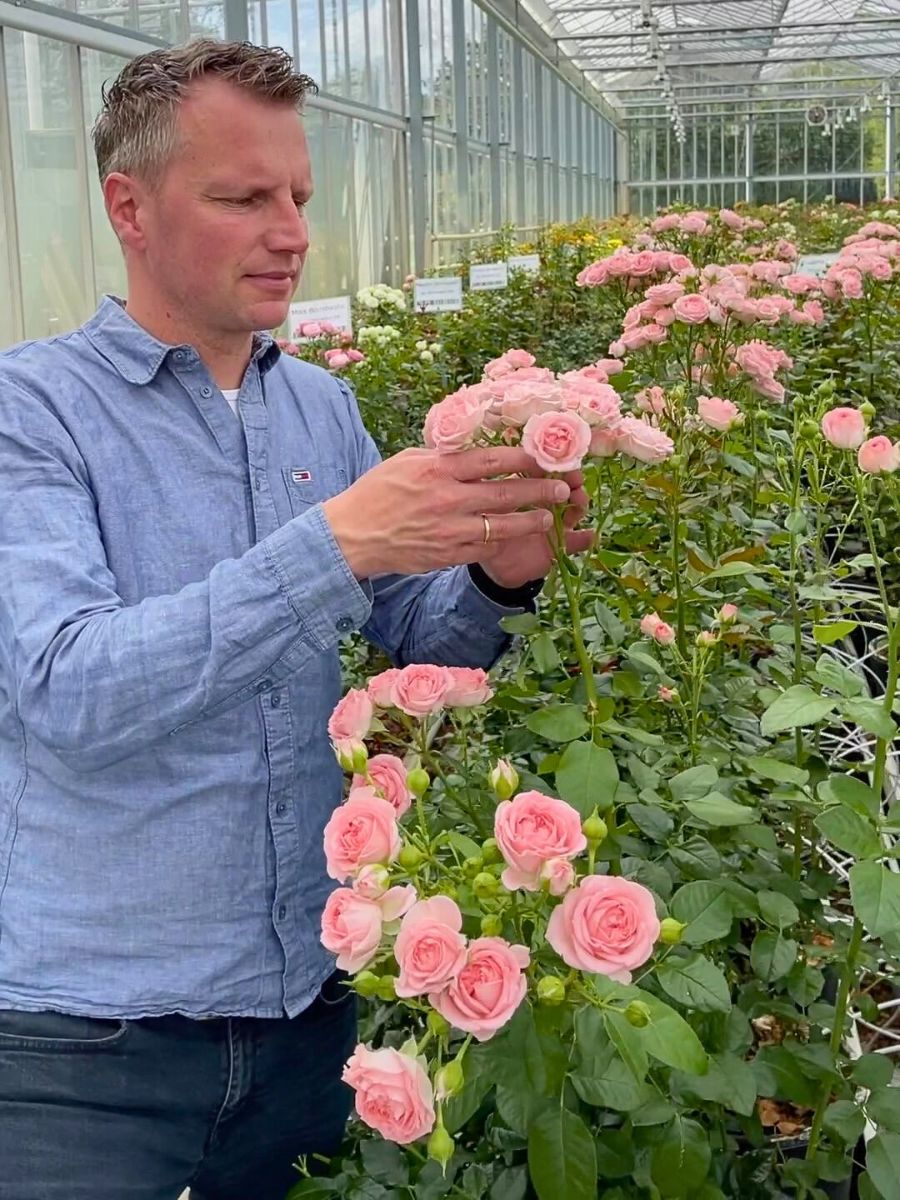
Smart irrigation systems also offer a technological advancement for climate adaptation in floriculture. These systems integrate real-time environmental data, like soil moisture, temperature, humidity, and weather forecasts, to automatically optimize water use. Advanced smart irrigation can reduce water usage by up to 50% while maintaining or improving crop health, addressing both water scarcity concerns and the need for precise growing condition management in flower production.
Breeding programs focused on developing climate-resilient varieties are a long-term strategy for adaptation. Herein, conventional breeding approaches identify plants with histories of withstanding abiotic stress and cross them to create offspring with enhanced genetic resilience. These programs can target specific climate challenges to ensure flowers maintain commercial viability under changing conditions. Cultivated flower species' wild relatives offer ideal genetic resources for such breeding programs, since these undomesticated varieties often show greater resilience to environmental stress compared to their bred commercial descendants.
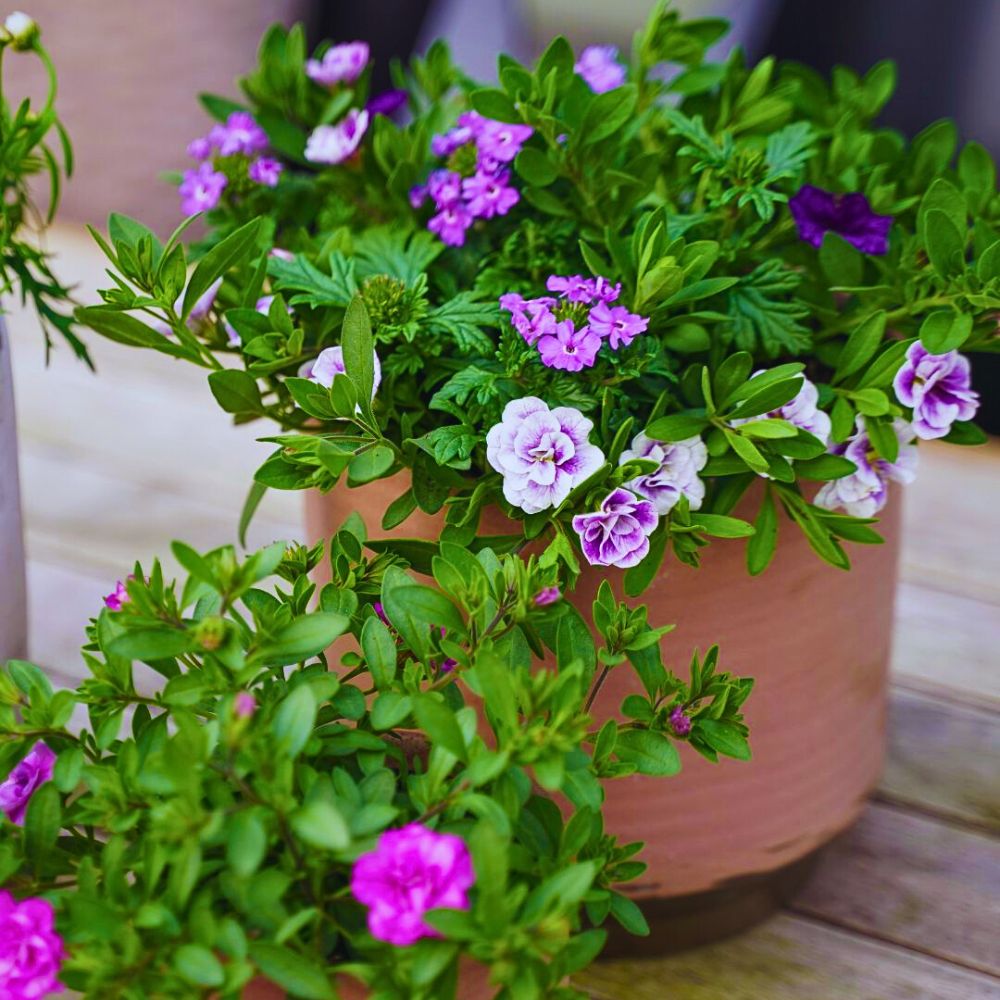
Likewise, adoption of sustainable production practices in floriculture addresses both climate adaptation and mitigation objectives simultaneously. Agroforestry integration in flower farming systems provides benefits, including improved soil fertility, natural pest control mechanisms, and reduced reliance on chemical inputs. Trees and shrubs integrated in flower production create microclimates that buffer against temperature extremes and provide habitat for beneficial insects and pollinators. Biologicals, on the other hand, enhance the resilience of flower plants to changing climatic conditions, helping plants better withstand environmental stresses through improved root health, enhanced nutrient uptake, and strengthened natural defense mechanisms.
The flower industry can also contribute to climate change mitigation through carbon sequestration practices. Growers can actively participate in carbon capture, implementing soil management practices that increase organic matter content and promote carbon storage. Cover cropping between flower production cycles, composting organic waste, and reducing tillage practices all contribute to building soil carbon reserves while improving growing conditions.

Perennial flower species and native plants in commercial operations also provide additional carbon sequestration opportunities while supporting local biodiversity. These have extensive root systems that sequester carbon in soil organic matter while providing habitat for pollinators and other beneficial insects. Buffer zones and wildlife corridors around flower production areas also create additional carbon storage capacity and enhance ecological resilience. Essentially, while climate change affects plant flowering and blooming, a lot can be done to assuage the conditions.
Feature image by @her_faves. Header image by @visitkeukenhof.

